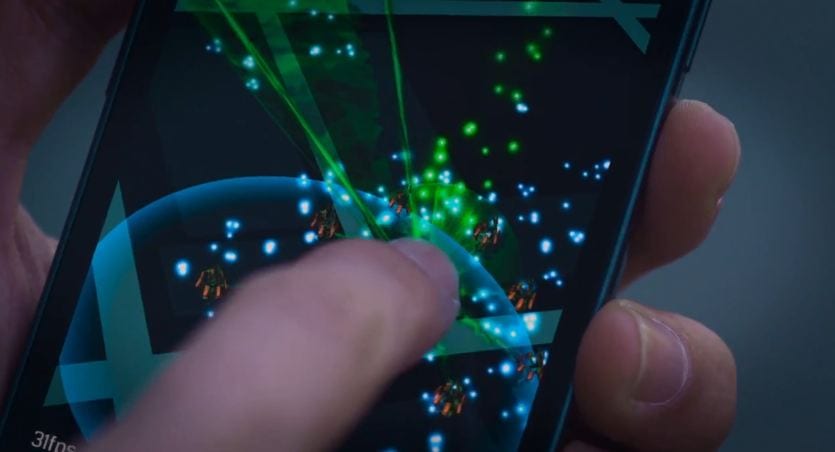Bruce Gregory’s Public Diplomacy Resources – #65
GW School of Media and Public Affairs and Georgetown Adjunct Assistant Professor Bruce Gregory compiles an annotated bibliography of Public Diplomacy-related readings and other resources. Intended for teachers of public diplomacy and related courses, here is an update on resources that may be of general interest. Bruce Gregory Suggestions for…



